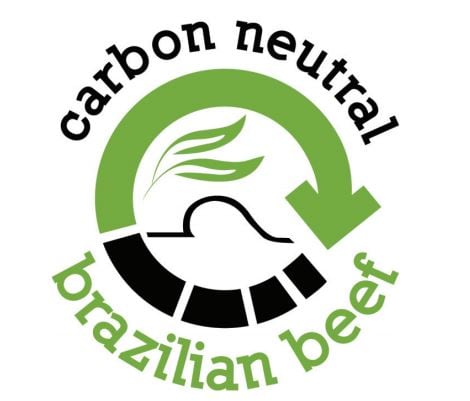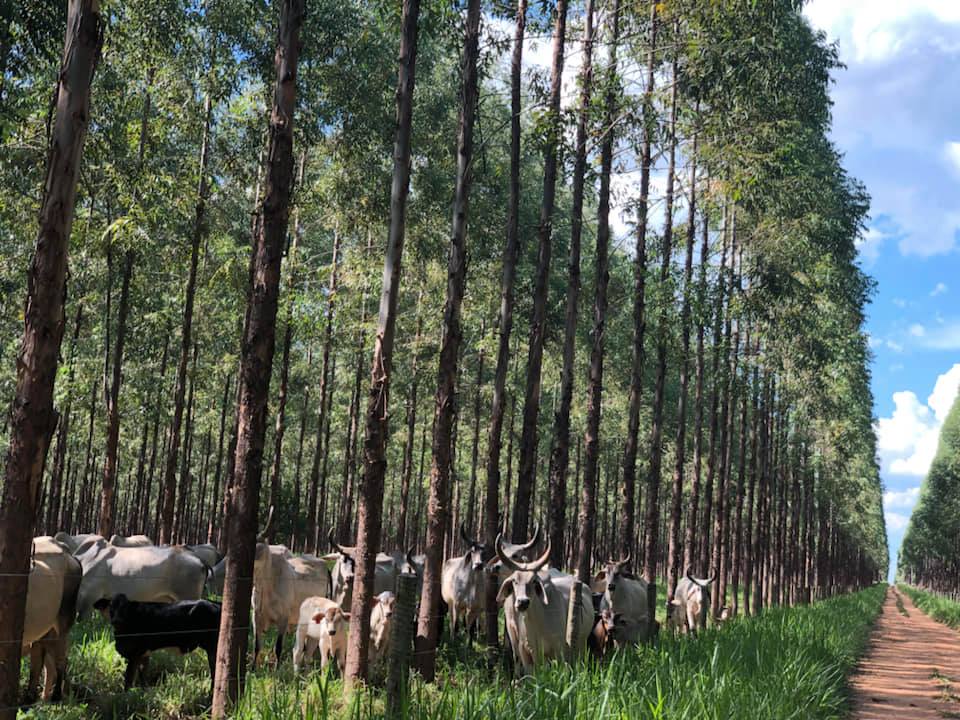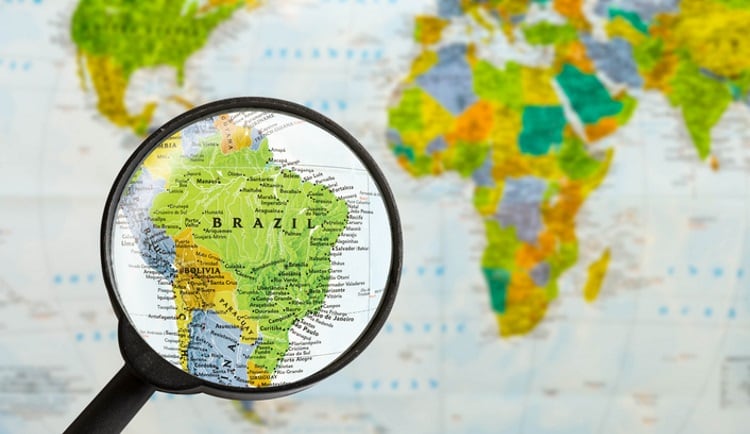Scientists from Brazil’s Agricultural Research Corporation (Embrapa) first began working on the concept of carbon-neutral meat back in 2012. In 2015, it launched a trademarked front-of-pack label that producers can add to fresh, frozen or processed beef for both domestic and export markets.
This month (14 February), however, saw the initiative take “a major step” forwards with the creation of its own trade association, the Brazilian Association of Carbon-Neutral Meat Producers (ABCCN).
Headquartered in São Paulo with Gustavo Pitangui de Salvo as president, the ABCCN said it was “open to producers at different stages of production”, either with systems for Integrated Crop-Livestock-Forest Systems (ICLFS) already in place or in the initial phase of planning.
“This concept is genuinely Brazilian,” said Dr Fabiana Villa Alves, one of the researchers leading the Carbon Neutral Project. “Embrapa’s scientists foresaw the potential of the well-established technology for integrated systems to add value to its produce, especially beef, in the form of neutralising carbon by trees.

“There are other initiatives around the world, addressing cattle ranching and carbon. However, this approach [of] trademarking verified carbon-neutral beef in commercial scale is unique," she told FoodNavigator-LATAM.
“The ABCCN [brings together] farmers in order to offer high-quality beef in larger amounts, bargain better deals for [their] associates and build partnerships with private and public institutions, for further research and capacity building,” said Villa Alves.
Marfrig commits to ‘formal partnership’
Production on a commercial scale has already started, with at least one of Brazil’s meat processing heavyweights publicly expressing an interest.
“Marfrig promptly responded to Embrapa’s appeal to the major Brazilian beef processors to commit to this initiative,” said Villa Alves. This commitment takes the form of “a formal partnership to further develop and expand the concept, which is fully aligned with the company’s vision of promoting a more sustainable beef market”, she added.
Marfrig CEO Martín Secco said the partnership would encourage sustainable production and offer consumers beef with a guarantee of origin and lower greenhouse gas emissions.
The meat processor said consumers could expect the first carbon-neutral products to hit shelves in 2019.
The southwestern province of Mato Grosso do Sul also said it would support and promote the carbon-neutral project through public policy as part of its ambitions to become Brazil’s first carbon-neutral state.
Carbon-neutral meat: The criteria
Embrapa developed the guidelines and criteria that producers of carbon-neutral meat will have to follow in order to become certified.
Farmers must commit to implementing an Integrated Crop-Livestock-Forest System (ICLFS) and calculate the amount of fixed carbon using annual forest inventories while soil analyses can provide additional data to calculate carbon capture. Emissions are subtracted from this to come up with a carbon balance.
Embrapa has also developed software that allows producers to calculate the amount of carbon sequestered in the trees. The software, called SIS, can be used free-of-charge by registered users for a number of species, including eucalyptus, teak, acacia, pine and cedar.
The trees also provide shade for the animals.
Cattle ranchers must carefully manage tree density to ensure enough grass can grow in the undergrowth, providing forage for the cattle, said Embrapa.
Audits will be carried out by independent bodies, said Embrapa.
The standard does not require a minimum number of trees to be planted in a given area, nor does it specify which species should be used to ensure biodiversity.
"Because of the regional and local differences among farms, and to avoid limitations regarding the economic viability associated with multiple species, which have different growth-rates, at this point, CCN brand does not impose a minimum number of species to be planted on CCN farming-projects," Embrapa said.
"Most CCN projects replace poorly managed monoculture pastures, therefore, it is already a major step for improving farm-level biodiversity."
The trees can also be felled for timber.
"In order to account as carbon sequestration, timber from these trees has to be used for 'long lasting' goods, such as sawlogs, furniture, plywood and the like, whose useful life exceeds 20 years. Timber from intermediary forest thinning, necessary to allow sunlight onto pastures, can be sold for other purposes such as firewood or charcoal, providing extra income for farmers. However, this wood is not accounted for when balancing carbon for issuing CCN label," said Villa Alves.
To read more about the carbon calculation as well as feed requirements, click here (in Portuguese).
‘Domestic retail chains have already contacted us’
The concept of carbon-neutral meat is complementary to other sustainability-driven production methods, such as organic, grass-fed or non-GMO, said the Embrapa researcher. “CCN is also based on pastures, promotes animal welfare and controls animal feeding,” she added.
The research agency said it believed demand would come from both global – particularly European – and domestic consumers.
“The international market is currently more open for such sustainability initiatives, also due to higher incomes and consumer awareness about the subject,” Villa Alves said. “However, the domestic market is also promising, retail chains have already been in contact with us for putting this added value on their shelves.”
The ABCCN is working on a publicity campaign to raise public awareness with partners from the country’s beef sector.
“An exclusive strategy to address major market targets is under development [with] partners from the beef-processing sector.
“However, it is known that the best publicity is always a top-quality product. No doubt, this will be ensured on each carbon-neutral beef steak reaching the table of vanguard consumers,” Villa Alves added.
Plenty of room to beef up production
The ABCCN estimated that carbon-neutral beef production could grow to cover 1.5 million hectares of farmland or 2.2 million cattle, equivalent to around 1% of Brazil’s total cattle herds, it said, although it did not specify by when.
However, the fact that Brazil already has around 10 million hectares of farmland managed under ICLFS systems – the main criteria for being CNM certified – provided ample scope for expansion beyond 1.5m ha, according to Embrapa.
Cattle production accounts for 6.8% of Brazil's Gross Domestic Product (GDP).
According to Marfrig, the country’s pasture area has decreased by 12% between 1990 and 2015, while meat productivity has grown 229%.


